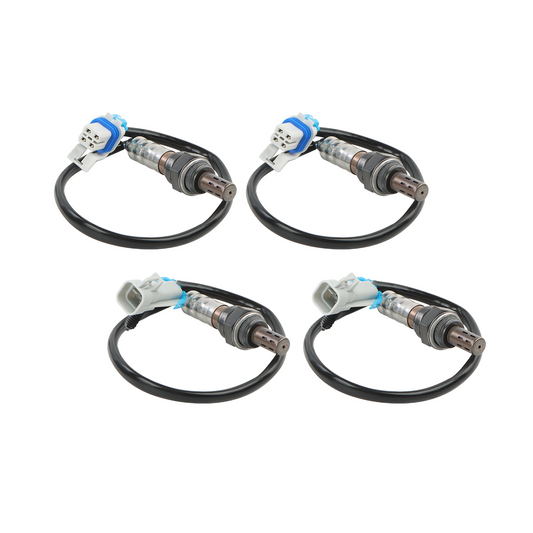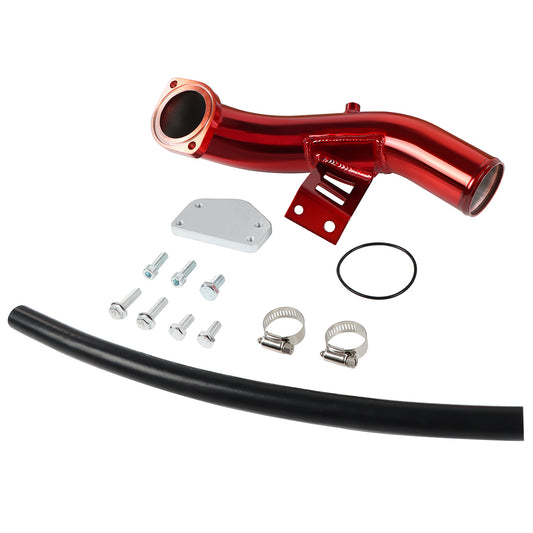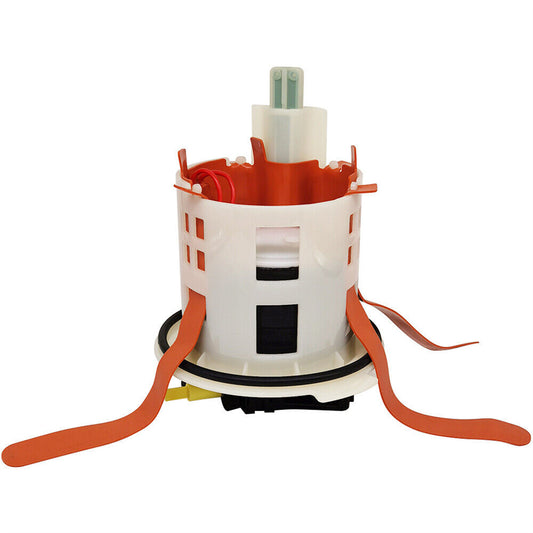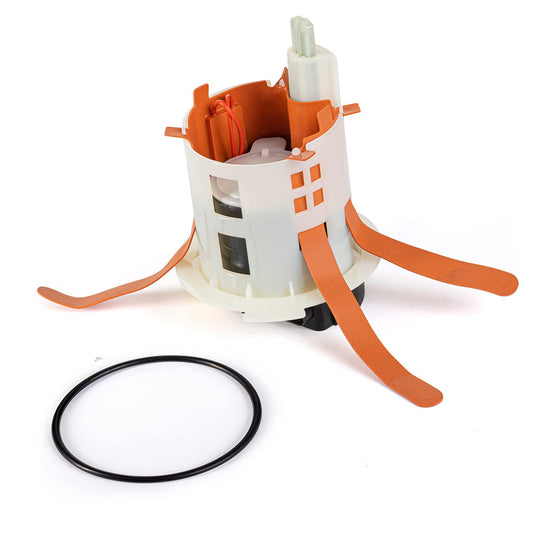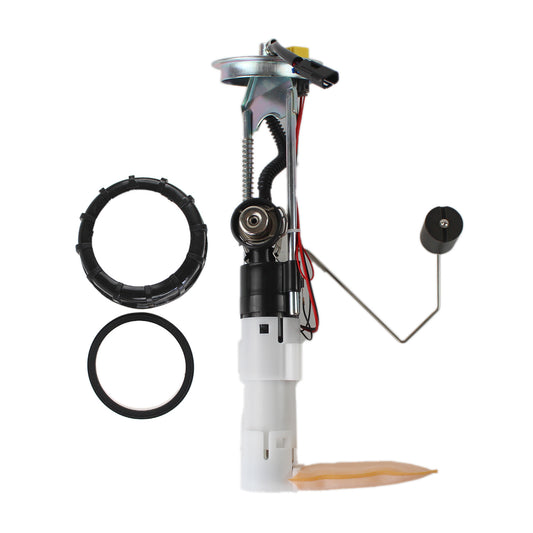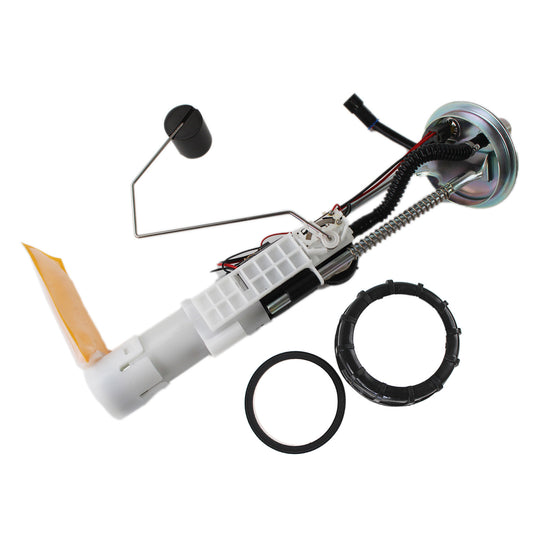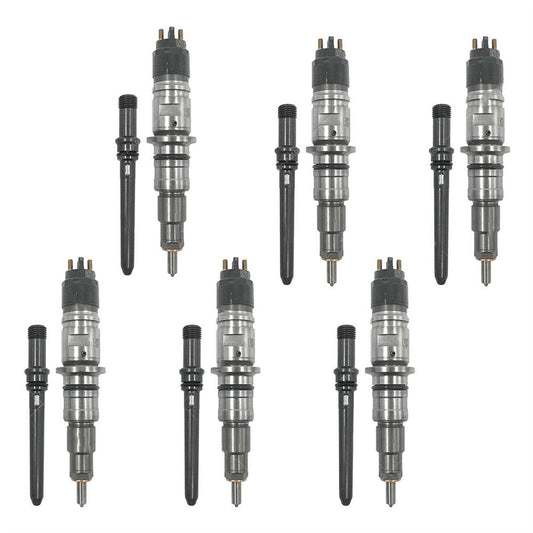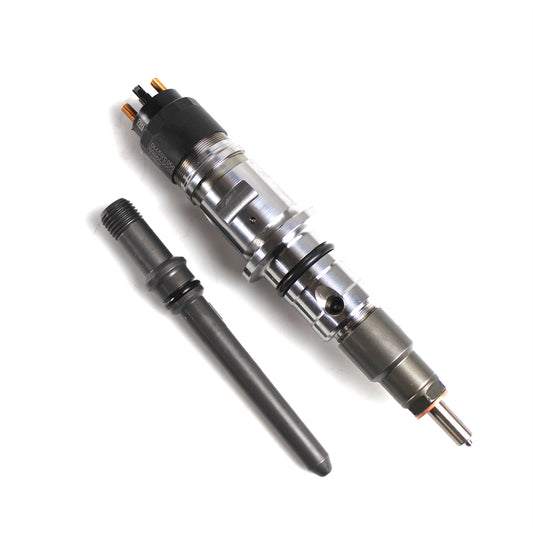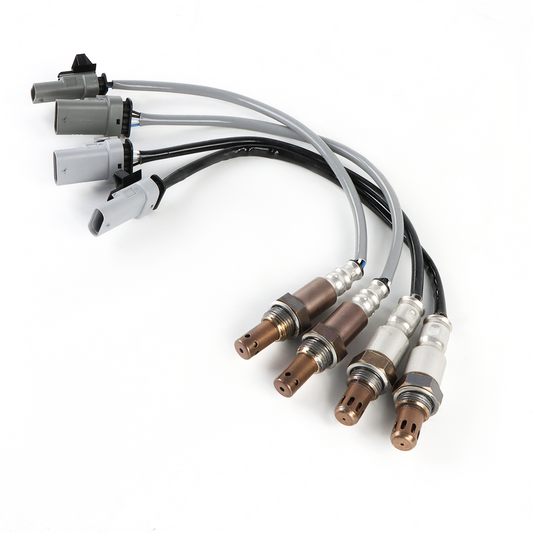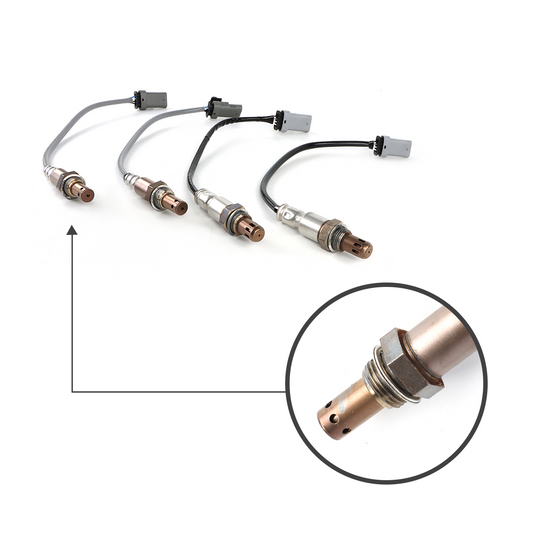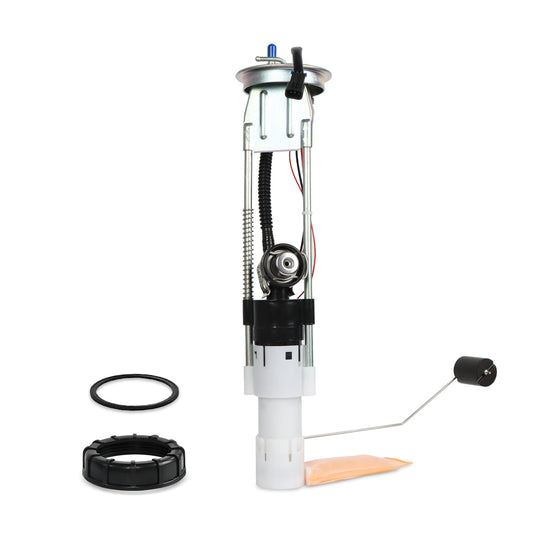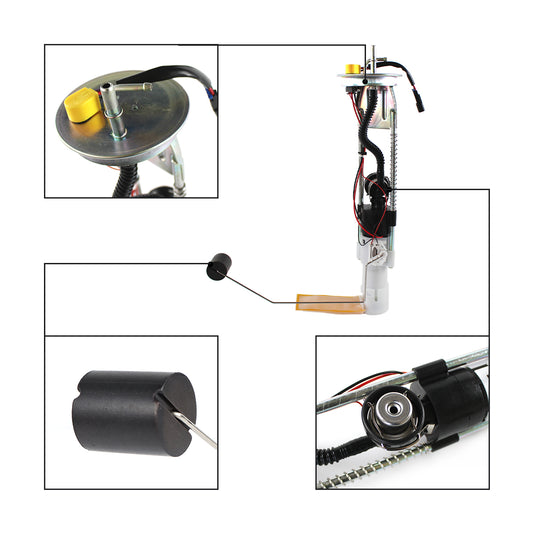What Does a Car Do When the Oxygen Sensor Is Bad? Understanding the Impact of a Faulty O2 Sensor
The oxygen sensor, commonly known as the O2 sensor, plays a critical role in a car's fuel efficiency and emissions control. However, when this sensor becomes faulty or fails, it can have several noticeable effects on a vehicle's performance. In this comprehensive guide, we will explore what happens to a car when the oxygen sensor is bad. By understanding the symptoms and consequences of a malfunctioning O2 sensor, you can take appropriate measures to diagnose, repair, or replace it to restore your car's optimal functioning.
1, Symptoms of a Bad Oxygen Sensor:
When the oxygen sensor is bad, several symptoms may manifest in a car's performance. These include decreased fuel economy, rough idle, engine misfires, difficulty starting the engine, and an illuminated check engine light. The ECU receives incorrect readings from the faulty sensor, leading to poor fuel mixture control and suboptimal combustion.
2, Impact on Fuel Efficiency and Emissions:
A bad oxygen sensor can significantly affect fuel efficiency and emissions. An inaccurate reading from the sensor can cause the engine to run rich (excess fuel) or lean (insufficient fuel), compromising fuel economy. This not only leads to increased fuel consumption but also contributes to higher emissions of pollutants such as carbon monoxide and nitrogen oxides.
3, Engine Performance Issues:
A malfunctioning oxygen sensor can negatively impact engine performance. It can result in a decrease in power output, reduced acceleration, and even engine hesitation or stumbling. The engine may run rough and exhibit uneven operation due to improper fuel-air mixture ratios caused by the faulty sensor.
4, Potential Damage to Other Components:
Continued operation with a bad oxygen sensor can potentially damage other components of the vehicle. An uncorrected rich fuel mixture can lead to the accumulation of carbon deposits in the engine and catalytic converter, reducing their efficiency and lifespan. Additionally, prolonged operation with a faulty sensor may put additional strain on the spark plugs, causing them to wear out prematurely.
Conclusion: When the oxygen sensor is bad, a car's performance, fuel efficiency, and emissions control are compromised. Recognizing the symptoms of a malfunctioning O2 sensor allows for timely diagnosis and repair, preventing further damage and ensuring optimal functioning. If you observe signs of a bad oxygen sensor, it is recommended to consult a professional mechanic who can accurately diagnose the issue and replace the faulty sensor. By addressing the problem promptly, you can restore your car's performance, improve fuel efficiency, and reduce harmful emissions.


